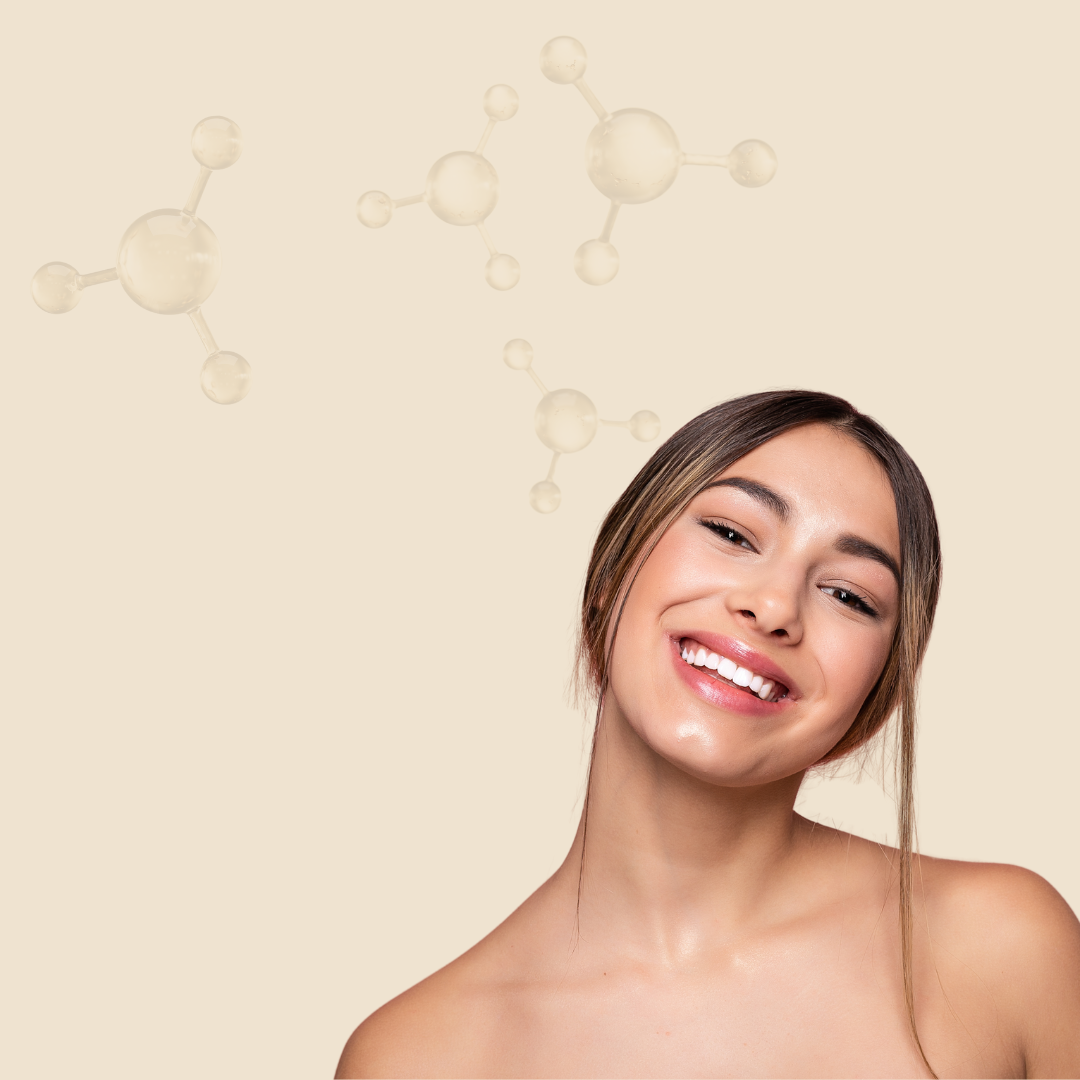
Understanding pH Adjusters in Lash Lift & Brow Lamination Systems In beauty treatments like lash lifts and brow laminations, achieving the right pH level is key to ensuring effective, long-lasting results without causing damage to delicate hair structures. pH adjusters play a vital role in balancing these treatments, allowing active ingredients to do their job by creating the optimal environment. In this post, we'll explore what pH adjusters are, how they work, and why certain active ingredients—like cysteamine, cysteamine HCl, and thioglycolate—may or may not need them.
What are pH Adjusters and Why Do We Need Them?
What is pH in Beauty Products? pH measures how acidic or alkaline a substance is, on a scale from 0 to 14. In hair treatments, the pH level determines whether the hair cuticle (the outer layer of hair) stays open or closed, which directly impacts how ingredients penetrate the hair and break down its structure.
The Role of pH Adjusters pH adjusters are ingredients added to formulations to increase or decrease their pH, depending on the desired effect. For lash lifts and brow lamination, these adjusters ensure that the products work effectively without being overly harsh on the hair or skin.
For example:
- Alkaline (high pH) products open the hair cuticle, allowing active ingredients to penetrate and break disulfide bonds that give hair its shape.
- Acidic (low pH) products close the cuticle, which is why they’re often used in neutralizers to lock in the new shape after a lash or brow treatment.
Active Ingredients in Lash Lift & Brow Lamination Systems
Now that we know the importance of pH adjusters, let’s look at how different active ingredients—cysteamine, cysteamine HCl, and thioglycolate—interact with pH levels and why they may or may not need pH adjusters.
1. Pure Cysteamine: Cysteamine is a sulfur-based compound similar to thioglycolate, and it’s used to break the disulfide bonds in hair, allowing it to reshape. One key advantage of pure cysteamine is that it can work effectively at lower pH levels compared to other chemicals. This means it doesn't always require a strong pH adjuster.
Cysteamine is a weak base and can function in a less alkaline environment, making it gentler on hair and less likely to cause damage. Therefore, formulations with pure cysteamine often avoid the need for harsh pH adjusters like ammonia.
2. Cysteamine HCl (Cysteamine Hydrochloride): Cysteamine HCl is a salt form of cysteamine, created by adding hydrochloric acid to cysteamine. This makes it more stable and water-soluble, but it also lowers its pH, making it mildly acidic.
In lash lift systems, this lower pH means that cysteamine HCl may need a pH adjuster, such as ammonia, to raise the product's pH to a level where it can effectively break disulfide bonds. The ammonia opens the hair cuticle and boosts the performance of cysteamine HCl, which otherwise wouldn’t be as effective due to its naturally acidic pH.3. Thioglycolate: Thioglycolate is a commonly used ingredient in perming solutions and other hair treatments because it is highly effective at breaking disulfide bonds. However, thioglycolate requires a very high pH—typically around 9—meaning it almost always needs a strong pH adjuster, such as ammonia, to work effectively.
At this high pH, the hair cuticle opens, allowing the thioglycolate to penetrate and alter the hair’s structure. While thioglycolate-based systems are effective, the strong alkalinity can also lead to dryness or damage if not balanced correctly.
Why Some Active Ingredients Need pH Adjusters (and Why Some Don’t)
Alkaline vs. Acidic EnvironmentsThe primary reason pH adjusters are needed is to control the hair’s environment during the treatment. In an alkaline environment (high pH), the hair cuticle opens, allowing active ingredients like cysteamine or thioglycolate to penetrate the hair shaft and break disulfide bonds. This is crucial for reshaping hair in treatments like lash lifts or brow laminations.
Conversely, in an acidic environment (low pH), the hair cuticle stays closed, making it difficult for these active ingredients to penetrate and perform their function.
When pH Adjusters Are NecessarypH adjusters are typically needed in the following scenarios:
- High pH for Breaking Bonds: Ingredients like thioglycolate and cysteamine HCl need a pH boost from adjusters like ammonia to effectively break disulfide bonds.
- Alkalinity for Cuticle Opening: Strong pH adjusters are required to open the hair cuticle and allow these active ingredients to penetrate the hair shaft.
On the other hand, certain ingredients, like pure cysteamine, may not require strong pH adjusters because they can work in a more neutral or slightly alkaline environment. This makes them gentler on the hair and less likely to cause damage. In these formulations, the absence of ammonia or other strong adjusters can create a product that’s both effective and less irritating to the hair and scalp.
